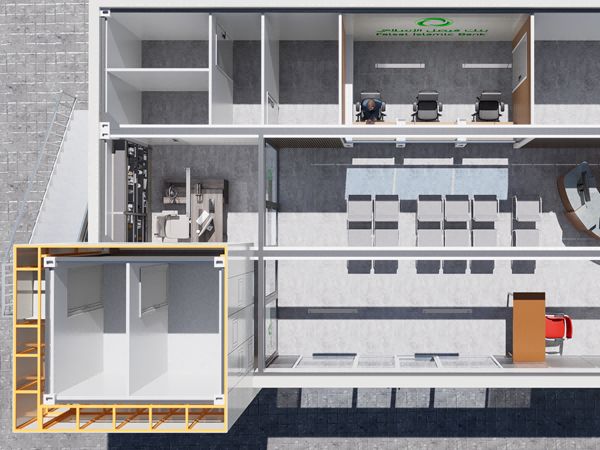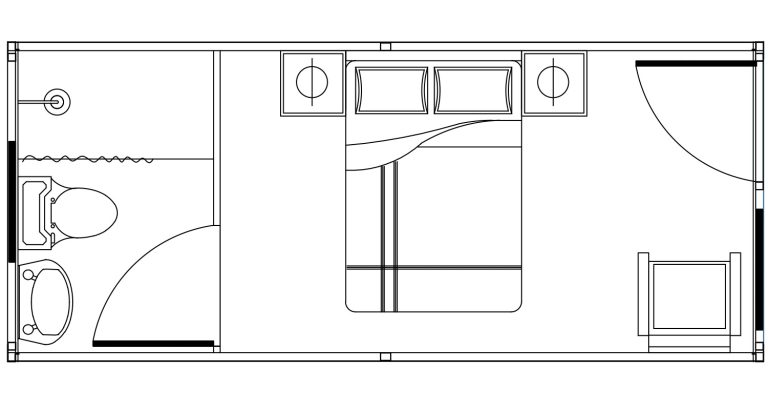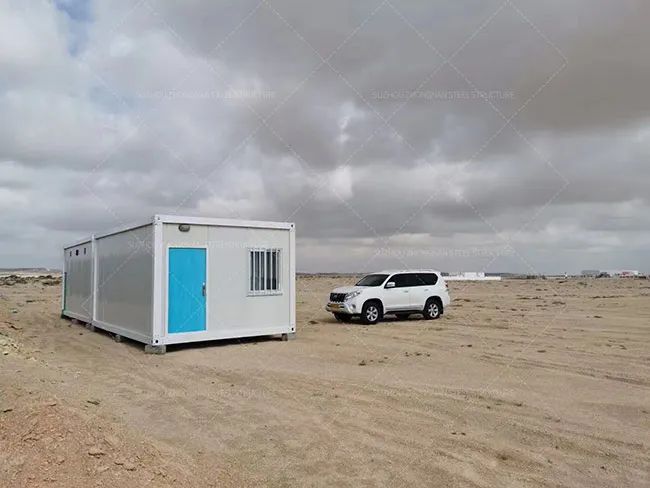sizes of shipping containers for homes
Shipping containers have emerged as a popular choice for home construction, offering innovative solutions for modern living. The use of these containers extends beyond mere trendiness—they are sustainable, cost-effective, and surprisingly versatile. However, understanding the variety of sizes available is crucial for anyone looking to create a shipping container home.
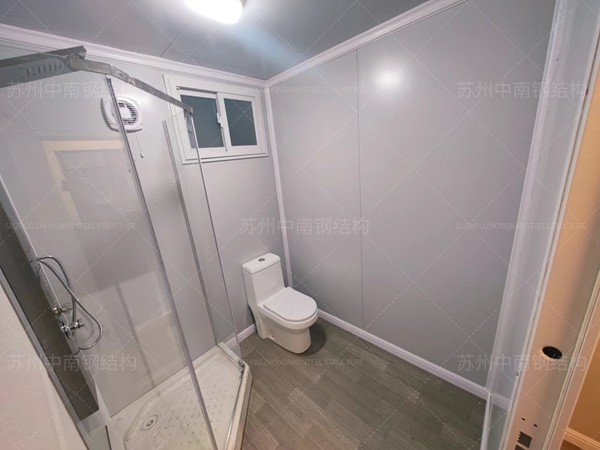
The most common sizes of shipping containers used for homes are the 20-foot and 40-foot variants, although other dimensions are also utilized based on specific needs. A typical standard 20-foot shipping container measures approximately 20’L x 8’W x 8.5’H. This totals to about 160 square feet of living space. While it might seem compact, this size allows for creative configurations when multiple units are stacked or juxtaposed.
The 40-foot container, on the other hand, measures roughly 40’L x 8’W x 8.5’H, effectively doubling the space to 320 square feet. This size provides a greater scope for flexibility in designing private rooms, living areas, or extended kitchen spaces. The extra length also facilitates a more expansive interior flow, accommodating open-concept design trends that are highly sought after in residential architecture today.
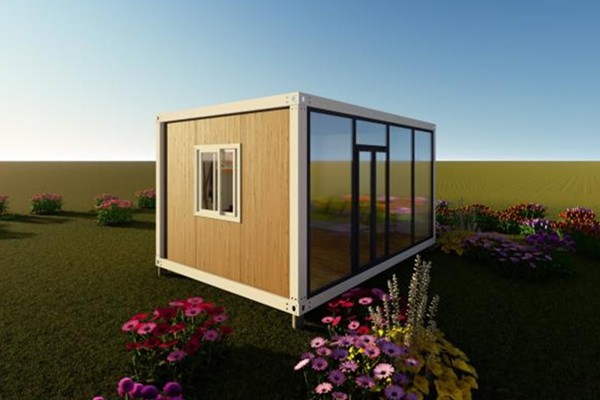
Beyond these commonly used sizes, high cube variants present another option. High cube containers have an additional foot in height, standing at 9.5 feet, which increases the stacking options and interior volume. This increased height can be critical for insulation, ventilation, and lighting, thereby enhancing the livability of the space significantly. Architects often recommend high cube containers for homes, especially in climates where insulation is paramount.
For those considering even more customization, containers also come in 10-foot, 45-foot, and 53-foot lengths. The 10-foot container is less common in residential constructions due to its restricted space but is still viable for smaller structures or extensions, like garden offices or studios. The 45-foot container combines the benefits of a 40-foot container and additional length, offering unique prospects for generous living spaces. Meanwhile, the 53-foot containers, though less standard, provide an expansive area ideal for larger homes or commercial applications.sizes of shipping containers for homes
Selecting the right size is not just about space but also about regulation and feasibility. Local building codes and zoning laws may dictate specific requirements for dimensions and configurations that influence the design process. It is advisable to consult with experts familiar with local regulations to ensure compliance and avoid costly alterations later.
The expertise involved in crafting a home from shipping containers lies in addressing the unique challenges they present. Insulation is a primary consideration; standard containers lack the thermal efficiency of traditional materials, necessitating innovative insulation techniques. Solutions range from spray foam insulation inside the walls to creating a 'green roof,' which also contributes to environmental sustainability.
Trustworthiness in building a container home also involves expertise in structural integrity. Containers are highly durable and designed to withstand harsh conditions, which translates into a potentially sturdy home. However, modifications—such as cutting for windows and doors—require structural reinforcing to maintain stability. Professionals experienced in these modifications are essential to ensure that the cuts do not compromise the container’s durability.
Moreover, the authority of the builder plays a significant role in the final product. Choosing a company or professional with a proven track record in container architecture offers reassurance of quality and adherence to safety standards. Experience with shipping container homes can translate into creative solutions to maximize space without compromising on aesthetic or functional quality.
In exploring the shipping container home option, potential buyers are investing not just in a living space but in an approach to housing that champions efficiency and sustainability. The myriad sizes available accommodate diverse applications and preferences, with each dimension offering distinct advantages for homebuilders. By leveraging professional expertise, ensuring regulatory compliance, and maintaining structural integrity, shipping container homes can transcend basic functionality to become truly innovative dwellings suited to modern life.



